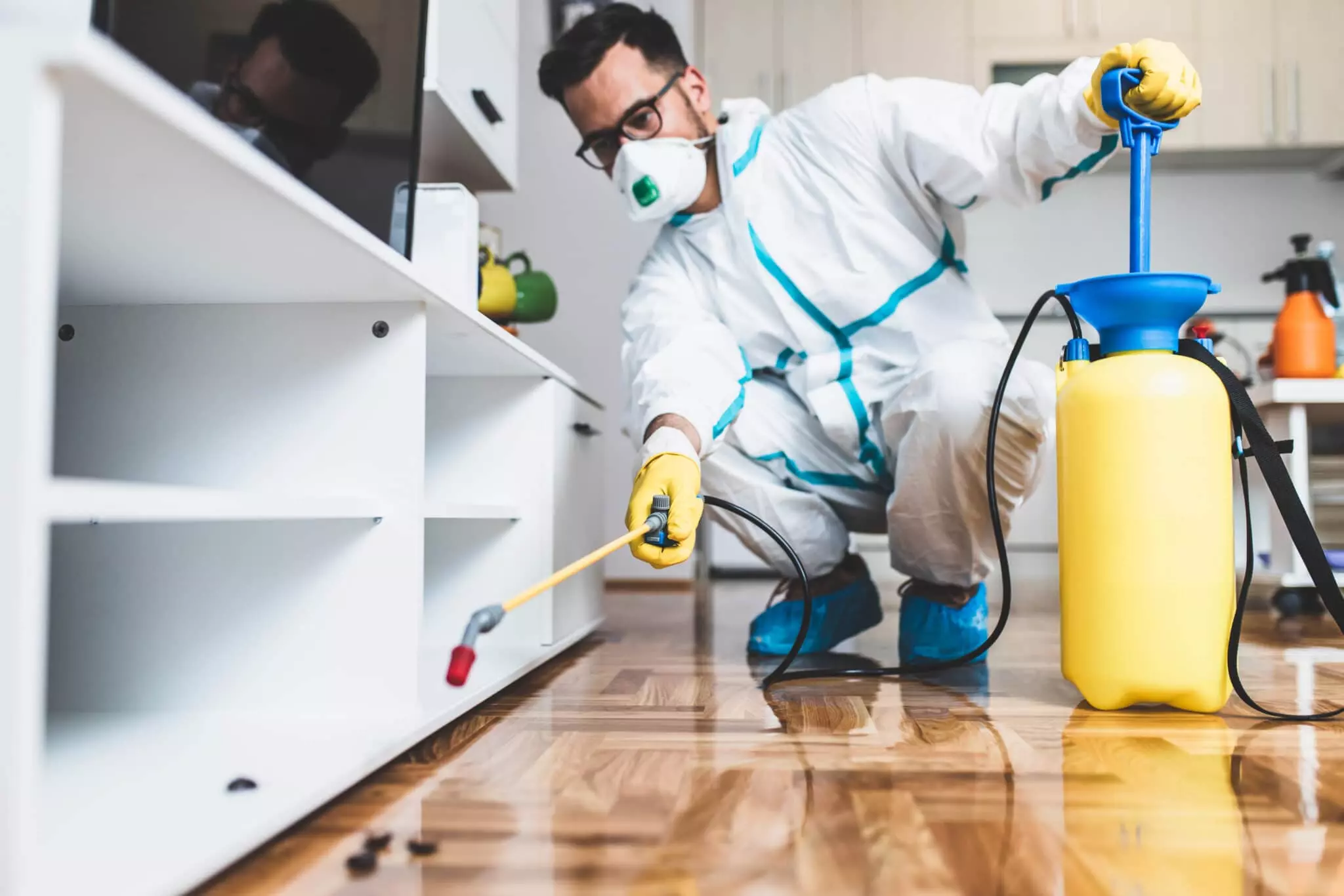A1 Pest Control Charlotte NC Bed Bugs - Specialist Extermination Services
Bed Insect Therapy Breakdown: Comparing Chemical Vs. Non-Chemical Solutions
In the world of insect control, especially when taking care of the consistent issue of bed pests, the option in between chemical and non-chemical treatment options can be a pivotal one. Both approaches provide distinctive benefits and downsides, influencing aspects such as performance, safety factors to consider, and total expense. By analyzing the nuanced details of each method, a more clear understanding of which course to seek in dealing with a bed insect invasion can be achieved.
Effectiveness of Chemical Treatments
Chemical treatments for bed insect problems have been extensively acknowledged for their rapid and powerful efficacy in getting rid of these bugs. When thinking about the effectiveness of chemical therapies, it is critical to comprehend that they can supply a extensive and quick option to a bed bug trouble. Professional exterminators commonly count on pesticides to target bed pests at various stages of their life process, including eggs, fairies, and grownups. These chemicals commonly work by disrupting the bed pests' nerves, causing paralysis and eventual death.
Additionally, chemical treatments have the benefit of supplying residual results, suggesting that they can remain to remove bed insects even after the preliminary application. This recurring action is specifically advantageous in combating any possible re-infestations. Additionally, the fast action of chemical therapies can bring relief to individuals encountering extreme bed insect infestations, allowing them to regain control of their space quickly.
Safety Worry About Chemical Solutions
One important aspect that calls for cautious consideration when utilizing chemical solutions for bed insect treatment is making certain the security of occupants and the setting. Exposure to particular chemicals made use of in bed insect therapies can lead to breathing problems, skin inflammation, or various other negative reactions, especially in individuals with pre-existing conditions or level of sensitivities.
Furthermore, the ecological impact of chemical services is one more substantial consideration. Some chemicals made use of in bed bug therapies might be dangerous to advantageous pests, wildlife, and ecosystems if they leach right into the soil or water systems. It is vital to use chemical therapies carefully, following safety and security guidelines, and considering less hazardous options to minimize these threats and ensure the effective and risk-free administration of bed pest infestations.
Advantages of Non-Chemical Strategies
Considering the possible security concerns and ecological effect connected with chemical options for bed insect treatment, checking out non-chemical methods offers an appealing alternative with several unique advantages. Non-chemical therapies are environmentally pleasant, as they do not add to air or water contamination, making them a sustainable option for pest control.
In addition, non-chemical solutions can be effective in targeting bed bugs, including hard-to-reach locations where chemical therapies might not penetrate - A1 exterminators charlotte nc. Techniques such as warm therapy, vacuuming, vapor cleansing, and mattress coverings provide thorough obliteration without the usage of dangerous chemicals.
Limitations of Non-Chemical Treatments

In addition, non-chemical treatments commonly call for multiple applications to accomplish effective obliteration. This can be time-consuming and may not constantly assure full elimination of all bed insects and their eggs, specifically in hard-to-reach or hidden areas.
Additionally, the success of non-chemical therapies heavily counts on proper execution and thoroughness, which can be challenging for people without specialist know-how. Inadequate application of non-chemical techniques might cause insufficient obliteration, causing persistent problems and the demand for additional therapies.
For that reason, while non-chemical therapies have their benefits, it is important to acknowledge these constraints and consider them when identifying one of the most effective technique for handling bed bug invasions.
Expense Comparison: Chemical Vs. Non-Chemical Options
Given the constraints connected with non-chemical treatments, a necessary element to examine in the context of bed insect administration is the expense contrast between chemical and non-chemical options. Chemical treatments commonly include the application of insecticides by experts, which can range from $250 to $900 per room, depending upon the seriousness link of the problem and the size of the area to be treated. In comparison, non-chemical treatments like heat treatment or heavy steam can be a lot more costly, with expenses varying from $1,000 see page to $6,000 for an entire home. While the first price of chemical treatments might seem lower, multiple therapies might be called for to fully eradicate the invasion, potentially enhancing the total cost. On the other hand, non-chemical choices might give a much more green and lasting remedy, although they can be cost-prohibitive for some individuals. Ultimately, when considering the price of bed bug therapy choices, it is essential to consider the ahead of time expenditures versus the effectiveness and long-term sustainability of the selected approach.
Verdict

Taking into consideration the potential safety concerns and environmental influence linked with chemical options for bed pest therapy, exploring non-chemical techniques offers a promising alternative with a number of unique advantages.Offered the limitations connected with non-chemical therapies, an important facet to evaluate in the context of bed Find Out More insect monitoring is the cost comparison in between chemical and non-chemical alternatives. In contrast, non-chemical therapies like warm therapy or vapor can be more costly, with prices ranging from $1,000 to $6,000 for an entire home. While the initial cost of chemical therapies may seem lower, multiple therapies might be called for to totally get rid of the problem, possibly boosting the general expense.In final thought, when comparing chemical and non-chemical bed bug treatment options, it is crucial to take into consideration performance, safety and security, benefits, limitations, and price.